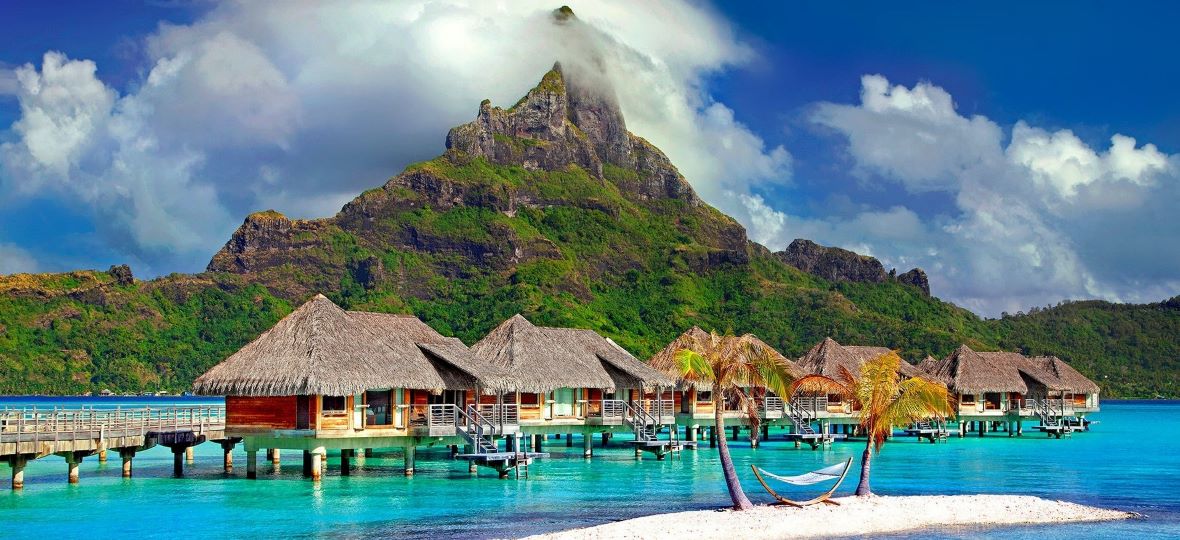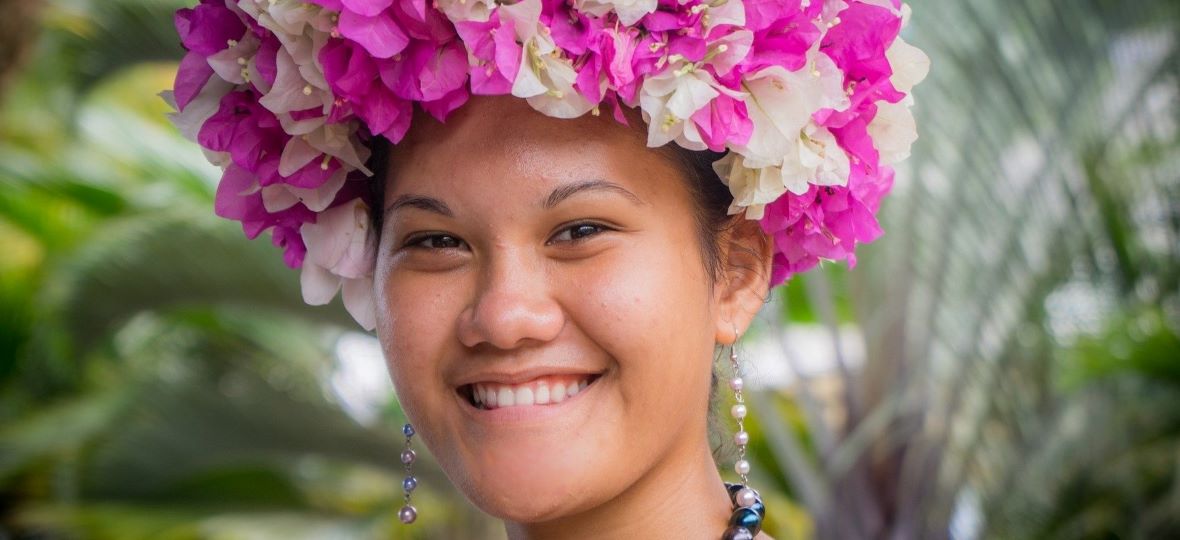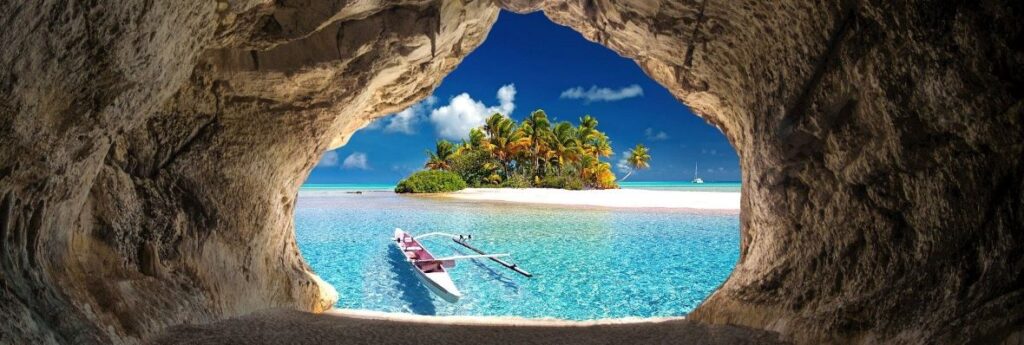Ever miss your flight? By an entire day? At least when I was stupid enough to have done so, I was smart enough to do it in Tahiti.
Disclaimer: It was a rookie mistake in my young backpack days. You see, our flight was scheduled to leave Papeete in the middle of the night – “Saturday night” by our reckoning. Except that Saturday night had ticked over past midnight, which actually made it Sunday morning and a new calendar date and us a full 24 hours late for the flight we should have been on to Australia.
After a moment of bewilderment in an utterly empty airport, the error became obvious. However, given the restrictions of the student-oriented “round-the-world” airline pass we had, our next opportunity to leave was a full seven (well, six!) days later.
Fortunately, we were travelling without a set itinerary for several months and an extra week here or there didn’t matter much. Besides, where better to be stranded than in paradise?
And while I haven’t been back since, all these years later Tahiti is still a place that visitors want to be stranded.
And with 118 islands spread out through five archipelagos there are plenty of places for Canadians to do so, observes Tania Kedikian, trade manager for Tourism Tahiti in Canada.
Speaking at the recent Back to France virtual forum in Canada hosted by Atout France, the country’s tourism development agency, Kedikian pointed out that French Polynesia – the official name – includes a number of exotic bucket list destinations, including Moorea and Bora Bora, as well as the main island of Tahiti.
The colourful South Pacific destination is synonymous with white, pink and black sand beaches, turquoise lagoons and jagged, emerald green volcanic peaks – all three combining to present an iconic image, with thatched over-water bungalows in the foreground, that is the basis of bucket list fantasies the world round.

Here is a brief island guide:
• Tahiti is the largest and most populated island and is the starting point for all international travellers. With lush green peaks reaching more than 2,225 m., its scenery is dramatic. Cascading waterfalls and rippling pools in the jungle-like interior provide a striking contrast to the black- and white-sand beaches and turquoise lagoons of the island’s perimeter.
• Moorea was the inspiration for James Michener’s mythical island of Bali Hai. It is just 18 km. across the Sea of the Moon from Tahiti. Moorea has two twin bays, Cook’s and Opunohu.
• Huahine is located 177 km. northwest of Tahiti and is just a short plane ride away. A 32-km. road winds through the island, passing through small villages and climbing high into the hills for spectacular views of the white-sand beaches and brilliant turquoise lagoons.
• Raiatea and Taha’a are two islands that are encircled by the same barrier reef. Raiatea has the only navigable river in the islands, the Fa’aroa, and popular excursions include exploring its cool, green waters in an outrigger canoe.
• Bora Bora, just 29 km. in circumference, is encircled by a protective necklace of coral. Lush mountains provide a dramatic backdrop for the indescribable turquoise, lapis and aquamarine of the sheltered lagoon. Arriving by air is a unique experience, as the runway is on a motu (small islet), and visitors must travel by boat to reach the main island. Bora Bora is home to world-class resorts and quaint French-inspired restaurants.
And there are many more islands, Kedikian points out – “hidden treasures” that are ideal for stretching one’s legs and reconnecting with nature far from the madding crowd; and where people can revel in the remoteness of a destination that typically welcomes fewer visitors in a year than Hawaii does in a month.
“It’s a perfect destination in a COVID world,” she says.
And perfect in a (hopefully soon) non-COVID world too. Just be sure to check your airline ticket.
(French Polynesia re-opened to tourism on July 15 and a series of COVID-19 protocols are in effect. Canadians visiting for up to 90 days do not require a visa).


